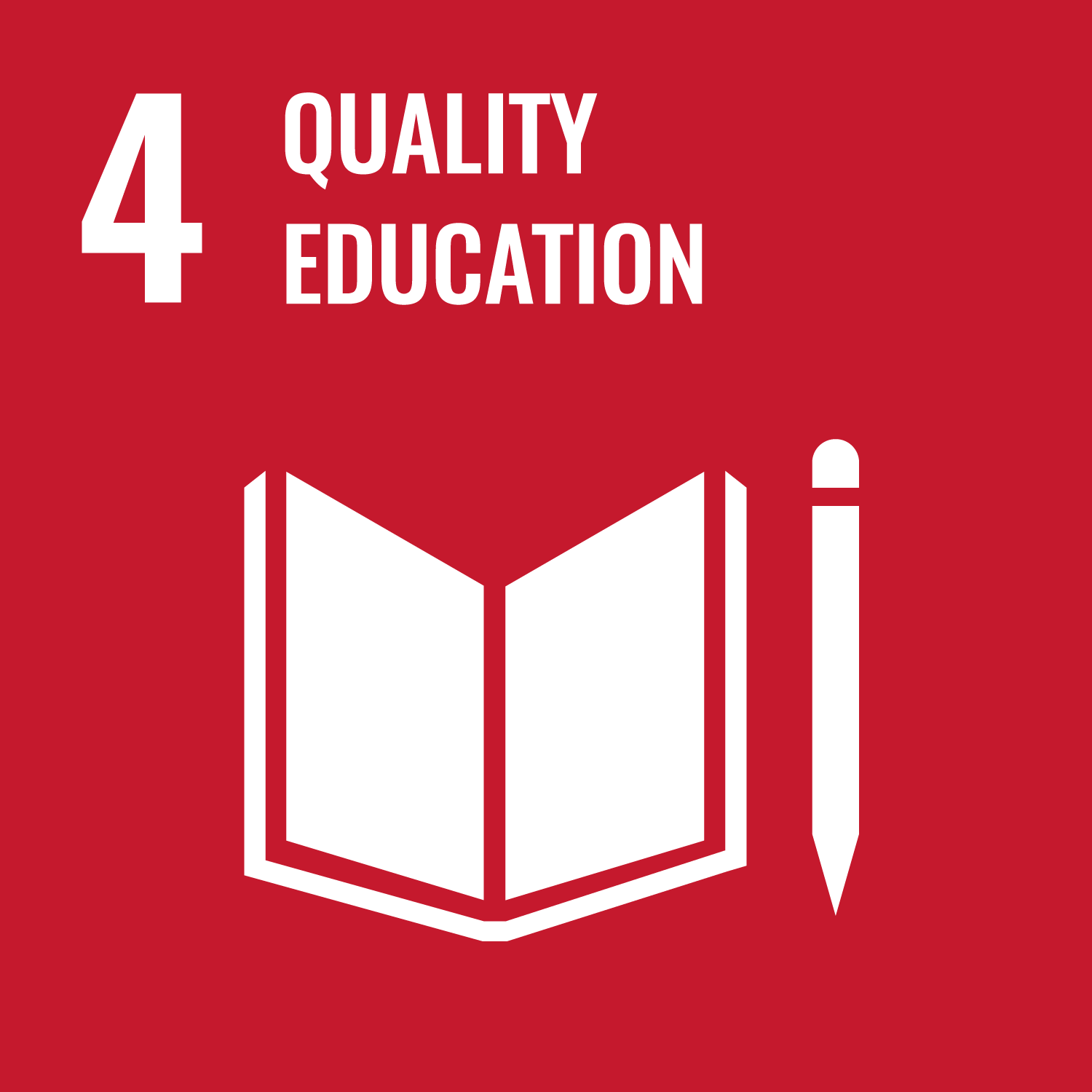Everyday objects such as balls, cars, airplanes, and even celestial bodies do not move randomly. They move according to Newton's
laws of motion, which are the result of the forces acting on them. The existence of such order and laws itself is a remarkable
fact! These laws lead to the understanding of the mechanisms and control of machines, among other applications in engineering.
Classical Mechanics I builds upon the mechanics of a single particle, and teaches the fundamental concepts, calculation methods, and applications of mechanics, while also introducing the basics of natural science and scientific methodology.
【Course Format】
This course will be conducted as a flipped classroom. Students will watch pre-recorded lectures before the class and engage in review, exercises, and advanced learning during class time. The course also includes demonstrations of experiments and group work (to make their own textbook!) to provide students with a fun and engaging way to experience and learn the existence of laws and order in this world.
Classical Mechanics I builds upon the mechanics of a single particle, and teaches the fundamental concepts, calculation methods, and applications of mechanics, while also introducing the basics of natural science and scientific methodology.
【Course Format】
This course will be conducted as a flipped classroom. Students will watch pre-recorded lectures before the class and engage in review, exercises, and advanced learning during class time. The course also includes demonstrations of experiments and group work (to make their own textbook!) to provide students with a fun and engaging way to experience and learn the existence of laws and order in this world.
The course aims to mainly focus on single-particle systems and to learn the fundamental principles and concepts of mechanics,
as well as the solution methods for Newton's equations of motion (solving differential equations). Through this, students
will acquire the general ways of thinking and methods of natural sciences. Unlike high school physics, the course emphasizes
that various mechanics phenomena can be explained systematically using only the necessary minimum laws (in the case of mechanics,
the three laws of motion by Newton). Students will also come to appreciate that understanding the relationships between these
laws is essential, rather than simply memorizing them like exhibits in a museum. Moreover, the course aims to develop students'
ability not only to understand the concepts but also to explain them to others (by creating a textbook).
- To understand the fundamental concepts, principles and laws of mechanics to apply them for specific problems.
- To see things from physics point of view.
- To set and solve a motion of equation.
| Class schedule | HW assignments (Including preparation and review of the class.) | Amount of Time Required | |
|---|---|---|---|
| 1. | What is physics? | see Chap. 0 of a text | 190minutes |
| 2. | Position, Velocity, and Acceleration | See Sec. 1.1-1.4 of a text | 190minutes |
| 3. | Uniform circular motion | See Sec. 1.5 of a text | 190minutes |
| 4. | Equation of motion | See Sec. 2.1-2.3 of a text | 190minutes |
| 5. | Examples of forces | See Sec. 2.4 of a text | 190minutes |
| 6. | Force and motion | See Sec. 1.2 and solve Excersise A in a text | 190minutes |
| 7. | Differential Equations | See Sec. 3.1-3.2 of a text | 190minutes |
| 8. | Examples of motions | See Sec. 3.3-3.4 of a text | 190minutes |
| 9. | Momentum and impuls | See Sec. 3.5-3.6 of a text | 190minutes |
| 10. | Simple harmoic motion | See Sec. 4.1-4.2 of a text | 190minutes |
| 11. | Damped oscillation, Forced oscillation, and Resonance | See Sec. 4.3-4.4 of a text | 190minutes |
| 12. | Work and Energy | See Sec. 5.1-5.2 of a text | 190minutes |
| 13. | Law of energy conservation | See Sec. 5.3-5.4 of a text | 190minutes |
| 14. | Summary and exam | Review classes 1-14. | 190minutes |
| Total. | - | - | 2660minutes |
| Mid & Term Exam | Groupwork | assignments | Total. | |
|---|---|---|---|---|
| 1. | 20% | 10% | 4% | 34% |
| 2. | 20% | 10% | 3% | 33% |
| 3. | 20% | 10% | 3% | 33% |
| Total. | 60% | 30% | 10% | - |
Students will be evaluated based on the web-based confirmation test, mid-term and final examinations, lecture assignments,
and report assignments after lectures.
Students will pass the class if their overall score is 60% or higher.
Students will pass the class if their overall score is 60% or higher.
| ways of feedback | specific contents about "Other" |
|---|---|
| Feedback in the class |
- Course that cultivates an ability for utilizing knowledge
| Work experience | Work experience and relevance to the course content if applicable |
|---|---|
| N/A | N/A |


- 4.QUALITY EDUCATION
- 9.INDUSTRY, INNOVATION AND INFRASTRUCTURE
Last modified : Thu Mar 21 04:04:56 JST 2024

